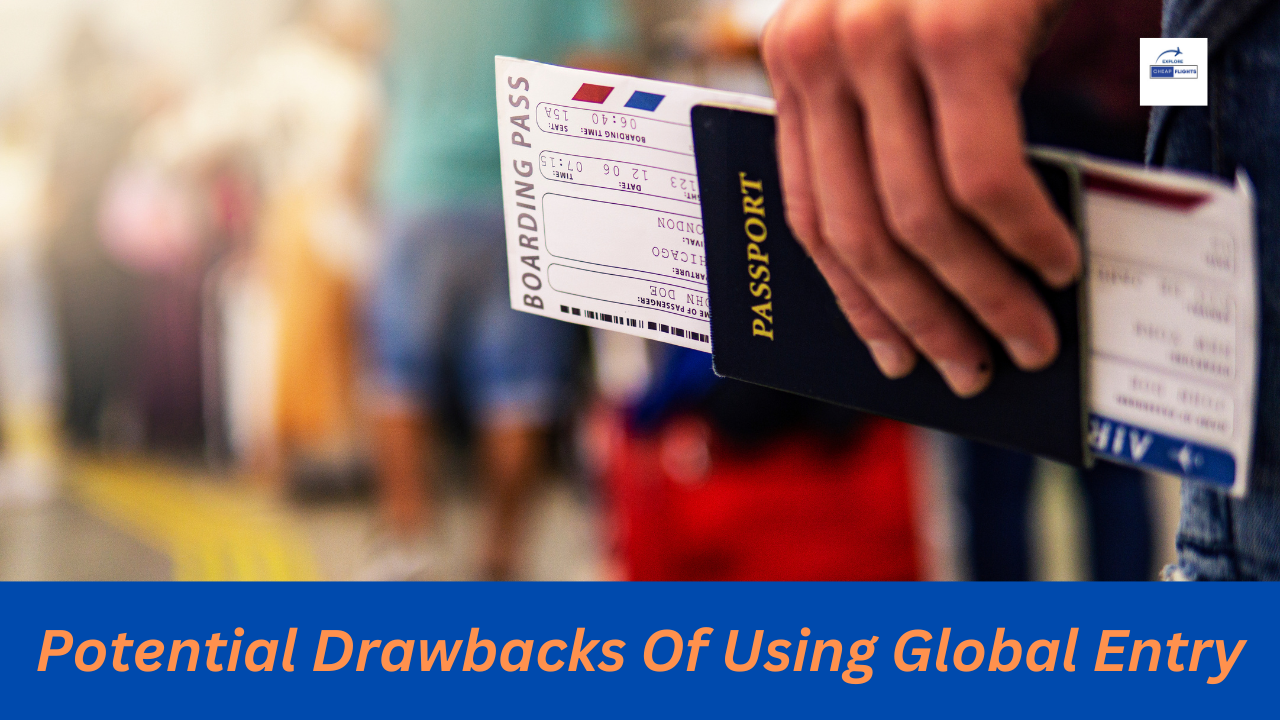TSA PreCheck and Global Entry are two methods that help travelers in the United States airports go through security and customs more easily. Actually, there are slight distinctions – both require a sign-up fee – but it is critical to understand how they function, which is rather obvious. If you travel frequently in the United States, either choice might make things considerably simpler. So let’s learn more about them and determine which (if any) makes the most sense.
What is TSA Precheck?
TSA PreCheck, often known as TSA Pre✓®, is a program that analyzes travelers. New members are required to pay $85 enrollment fees (as of October 2019) and visit Enrollment Centers for a background check and biometric data collection. If checks come up negative, passengers are assigned a Known Traveler Number (KTN). Using the KTN is simple. Thus, passengers include it in their ticket reservations whenever they book one, and it appears on the ticket they get at check-in.
Advantages of Obtaining a Known Traveler Number
It enables you to move through security checkpoints more frequently by providing priority access to over 172 airlines and 200 airports, 73 of which are operated by major transport agencies, potentially reducing the time required to pass through the connecting doors from the departure gates to the arrival gates. PreCheck customers will not be required to remove belts, beverages or gels from their bags, or laptop computers from their carry-on luggage.
What is Global Entry?
While Global Entry is as near to TSA PreCheck as one can get, it is operated by US Customs and Border Protection rather than the TSA. Again, candidates must visit Enrollment Centers. The enrollment price is slightly higher, at $100, and there are fewer venues accessible. Successful candidates receive five years of coverage, including all TSA PreCheck privileges. Successful candidates are granted a PassID, which acts in the same way as a KTN.
What does Global Entry provide above TSA PreCheck?
The primary advantage of Global Entry is that it allows users to benefit from quicker customs screening on overseas trips. This implies that US passport holders returning from abroad should expect significantly lower wait times upon arrival. In reality, the system’s specialized Global Entry kiosks provide nearly rapid transfers through security.People who export, import or may have to render service in foreign countries can take benefits from it.
Choosing between TSA PreCheck and Global Entry
Global Entry and TSA PreCheck are subtly different products with distinct consumers. TSA PreCheck is primarily intended for US residents who travel within US boundaries. It lacks a customs component, making it less appropriate for regular passengers who traverse foreign borders. As a result, passengers may believe that the additional $15 (October 2019) is a good investment. However, there are several other factors to consider.
Some potential drawbacks of using Global Entry
In general, applying for Global Entry will take longer and be more involved than applying for TSA PreCheck. For example, Global Entry demands a valid US passport, but TSA PreCheck does not. Interviews at enrollment centers may be required to acquire Global Entry.

Although a simple visit is sufficient to obtain a TSA PreCheck KTN. There are approximately 400 PreCheck enrollment sites but just a few Global Entry facilities, so signing up may be problematic for certain passengers.
Important information regarding applying for TSA PreCheck and Global Entry
All travelers aged 12 and up are eligible for a KTN (children under that age may pass through security with approved adults). Credit or debit cards as well as money transfers are accepted, with no possibility of getting a refund. If your application is denied you will not be offered a refund. Applications will also take time to process. TSA PreCheck KTNs are often given within 2-3 weeks, while Global Entry applications can take up to 3-5 months, so apply well in advance of travel.
What about overseas travelers? Can they apply for TSA PreCheck or Global Entry?
The US government initiatives that are typically restricted to US residents. That’s terrible news for those who frequently visit the United States and have to deal with customs waits. However, there may be some flexibility. Some nationalities are able to apply, including the United Kingdom, India, Colombia, Argentina, Germany, and South Korea. In all circumstances, interviews are necessary, and obtaining a PassID may take some time, but it is possible.
If airport lines are disrupting your travel experience, TSA PreCheck and Global Entry may be able to help. Both are popular among regular fliers and quite inexpensive. So, if you travel frequently and need to speed things up, these may be the best services to use.
